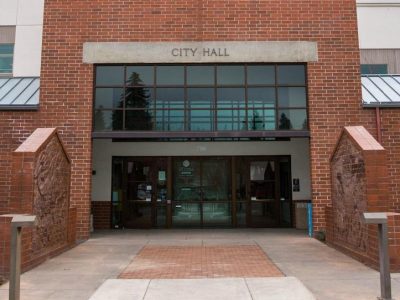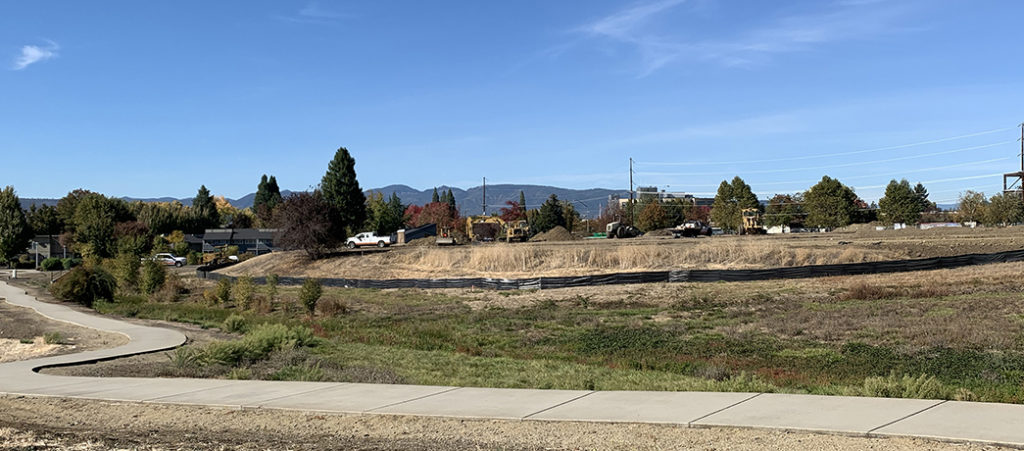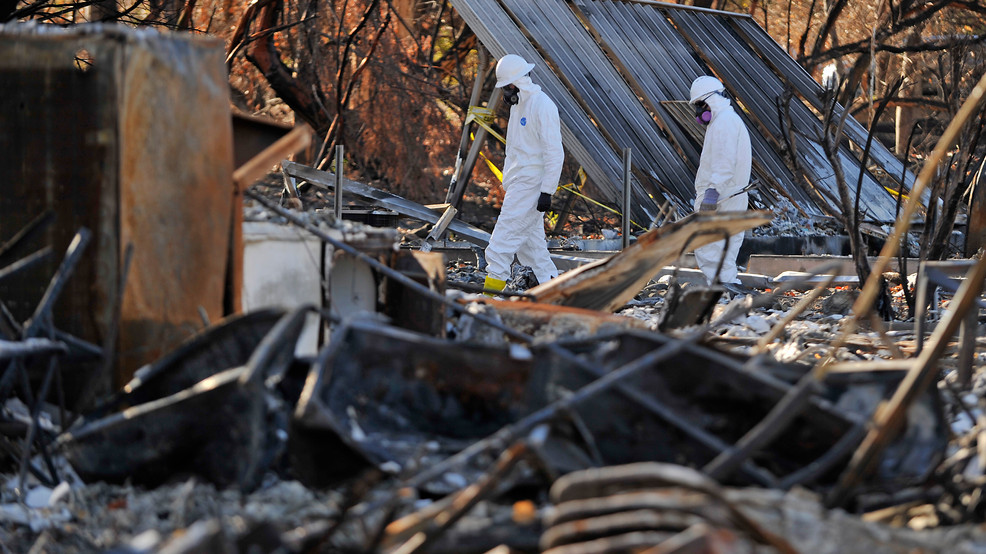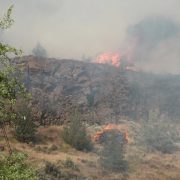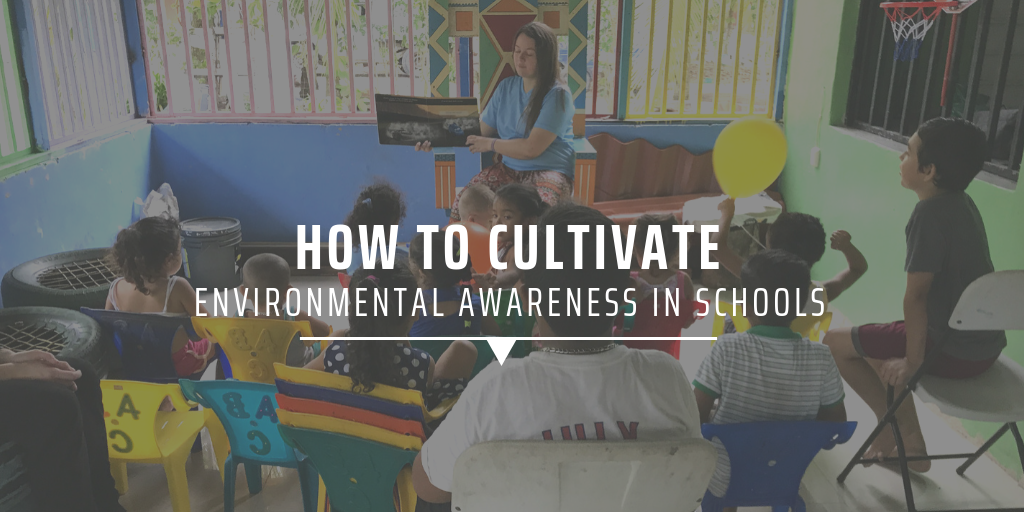
Environmental awareness is essential now. Look folks, the planet is consistently sending cries for help. It’s warning people of their wrongdoings. An increasing number of floods, droughts, climate change, global warming, water scarcity, and pollution are giving us a signal that it is time to make some changes. That is why it is up to us to pass our experiences to our young ones and teach them what we have learned from our mistakes. The earlier kids get educated about the environment, the better they will be with preserving them.
In addition, environmental awareness can teach children to make choices that are beneficial to Earth. That is, it will help them understand the dangers. You know, those activities that hurt our planet as well as inform them of beneficial actions. Cultivating environmental awareness in schools can ensure that children are educated about it from an early age. Additionally, it will ensure that all children learn how to take care of the environment. With that being said, here are a few ways in which you can cultivate environmental awareness in schools.
Making Environmental Awareness a Part of the Curriculum
All children should have the opportunity to be educated about environmental awareness. The best way to make sure that children are being properly and regularly taught about it is to add environmental awareness to the curriculum.
The Echo-Schools Initiative is a good example that this is possible and useful. As they explain on their website, Eco-Schools “encourages young people to engage in their environment by allowing them the opportunity to actively protect it. It starts in the classroom, it expands to the school and eventually fosters change in the community at large.”
Making environmental awareness a part of the curriculum will also show children how important it is. When they notice that they are learning about the environment in an educational institution they will have to grasp its relevance for our world.
The course about environmental awareness can educate children about the devastating consequences of neglecting our planet. Also, it should teach them practical ways of taking care of the planet such as the
3 Rs:
- Reduce waste
- Reuse resources
- Recycle materials
Show, Don’t Tell
Children are led by our example. If they say one thing, but do another, they will pick up what we are doing. That’s why it is up to us to take action. Teachers need to set an example of environmental awareness. It is the only way that children will take it seriously.
Elisa Abbott, a writer at GrabMyEssay says “As a parent, I find myself responsible to teach my daughter how to be mindful about the environment. What helps me a lot is that some of her teachers do the same thing. The consistency of environmental awareness she sees in school and at home is what makes her such an environment-loving child.”
Motivate children to be more caring about the environment by showing them how that is done. For example, use water sparingly, always make sure that taps are properly closed, switch off all appliances and lights when not in use, and similar.
Teachers should explain to children how simple actions such as those help the environment and practice environmental awareness regularly. That is the best way to set an example for children.
Introduce Environmental Awareness Activities
Teachers should help children learn how to be environmentally aware through practical activities. Younger children are especially more eager to remember something if it comes in the form of the game.
What fun activities can do is teach children that environmental awareness isn’t boring. Consequently, they will be more motivated to take small steps that help our planet.
Here are a few ideas that teachers can apply to teach children about environmental awareness:
- Organize a recycling system in the classroom and teach children how to use it
- Collect rainfall and use it for watering plants (to teach children how not to waste water)
- Organize a tree planting day
- Instead of drawing and wasting paper, make recycled robots from waste items they bring from home (such as plastic bottles, cardboard boxes, etc.)
- Have a paper-free day (go an entire day without using any paper)
- Set a challenge for students to come up with another use for used jam jars, plastic bottles or cereal boxes
- Create a quiz on how much they already know about the environment
Encourage Parents to Help Out
Parents are usually children’s heroes. Therefore, having parents on board with environmental awareness would be a huge advantage.
“I loved that my children’s teachers asked us (parents) to be a part of the “environmental change” in the school. They gave us some advice on how simple things like remembering children to turn off the faucet while brushing their teeth could make a difference,” shares Kristin Savage, a content editor at BestEssayEducation.
The inconsistency of being taught something at school and not practicing that at home will slow down children’s progress in environmental awareness. That’s the reason why asking parents to help out with teaching children how to be more environmentally aware could be a huge advantage.
Final Thoughts
What an amazing world it would be if children in all schools would learn about environmental awareness. Unfortunately, we can’t make that happen by snapping our fingers. What we can do is start making small changes in our home, school, and community.
In conclusion, each child that becomes more knowledgeable about environmental issues is a promise for a better future. If we could educate them from a young age about the importance of taking care of the environment we would be looking at promising generations that would treat our planet better than any generation before.
Diana Adjadj is a writer and editor who has a Master’s degree in Psychology. She combines her passion for writing with her interest in research and creates thought-provoking content in various fields. Besides working as a contributor writer for SupremeDissertations and TrustMyPaper, Diana also runs her own blog. What inspires her the most in her writing is traveling and meeting new people.

